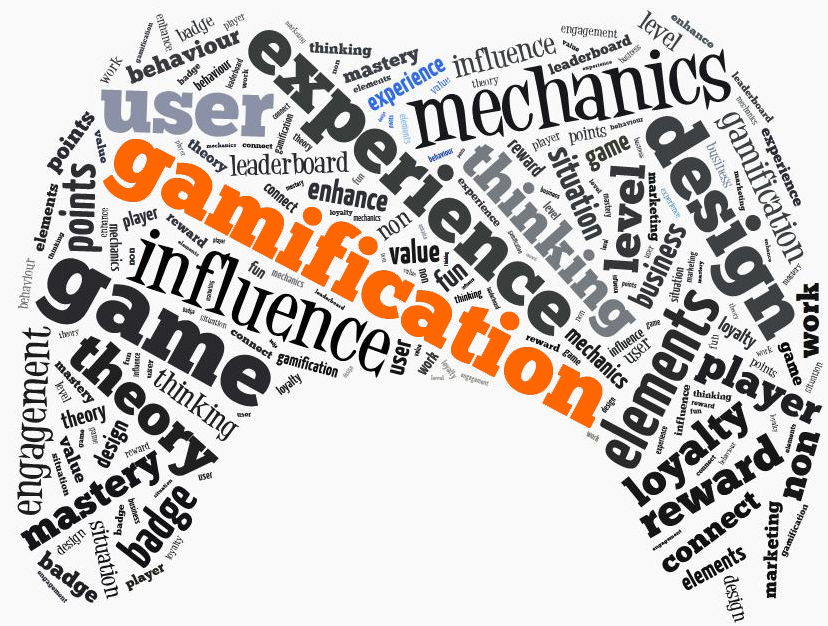15th May, 2014
 The expansion of gamification and big data is driving digital engagement for thousands of businesses. Gamification is no longer a game. Its disciples swear by the game driven methodology and businesses that have implemented gamification practices into their digital presence largely experience some form of success. The multi-billion dollar industry has a much vaunted partner driving the success story of gamification: Big Data. You may have become desensitised to these terms but there is no doubt that their partnership has becoming a driving digital force for online business.
The expansion of gamification and big data is driving digital engagement for thousands of businesses. Gamification is no longer a game. Its disciples swear by the game driven methodology and businesses that have implemented gamification practices into their digital presence largely experience some form of success. The multi-billion dollar industry has a much vaunted partner driving the success story of gamification: Big Data. You may have become desensitised to these terms but there is no doubt that their partnership has becoming a driving digital force for online business.
Gamification and Big Data use mutually beneficial success metrics to boost digital business interactions and deliver user experiences that are altogether more engaging, designed within a culture that seeks to understand its audience over time, rather than in snippets. It seems that combining the two practices is a sure fire winner:
1) Increased engagement in gamified business attribute delivers improved customer feedback (through both positive and negative spectra) across measured metrics, as well as providing data insight for marketing analysis.
2) Data insight allows gamification aspects to realise their potential through streamlining events, focusing customer engagement into positive areas of digital business experience.
3) Customer engagement and satisfaction increase through regular engagement in reinforced process, promoting further use of gamification throughout business network, or at least continued interaction with digital business.
The billions of dollars generated and countless businesses offering an amalgamation of these methodologies offer the clearest indication toward the successes achieved throughout numerous industries. It all boils down to the engagement offered by gamification, further augmented by the rise in big data analysis. Motivating an existing user base to engage with a process in an entirely renewed system provides the additional Big Data analysis bonus.
However, it does not happen overnight, and the process does require specialised design based upon existing client base. Completing the vital data extraction to enable a thriving internal data cycle for businesses relies on balancing the gamification design with business needs.
For a gamification system to be productive – that is to drive engagement, to provide contextualised feedback loops, to garner sufficient data to further business development – the gamification system needs to be the active digital driver for the business. It is no use bootstrapping a few outlined gamified aspects onto a website and hoping for the best; the best results come through dedicated system engagement platforms that enforce business engagement as their modus operandi, moving to strike mutually beneficial user experiences that drive businesses forward.
The transition from marketing or learning system specific gamification platforms has also evolved. Driving digital engagement is central to business success in almost every industry sector imaginable today, such is our societal relationship with the internet. The requirement to provide dedicated platforms that separate user experiences into the good, great and excellent will continue, as is the requirement to build brand loyalty and motivate users to continually engage to drive figures which in turn, provide digital data. That we continually generate data is of little shock to most technically versed individuals, and it stands to reason that we should expect that data to be used to provide an enhanced digital experience. I for one welcome any aspect of digital engagement that can wrestle with my digitally deficient attention span, attacked as a member of the digital generation. Big data (or for SME’s, just plain old data) provide the crucial aspect toward continually driving and attracting attention. Businesses that are dedicated to engaging their users are finding that their reward is more data – but that that data is arriving from individuals motivated to interact with their brand on more than an occasional basis, and that that number is rising.
The fusion of gamification and big data was unquestionable. Using it to displace poor user experiences is the next step. We spend vast amounts of time providing our data to individuals for their use – surely it is time they gave something back?